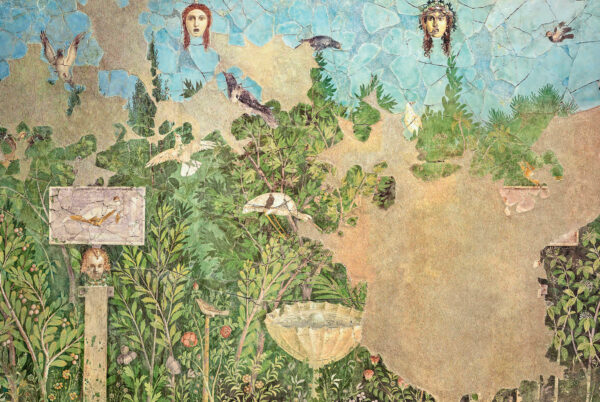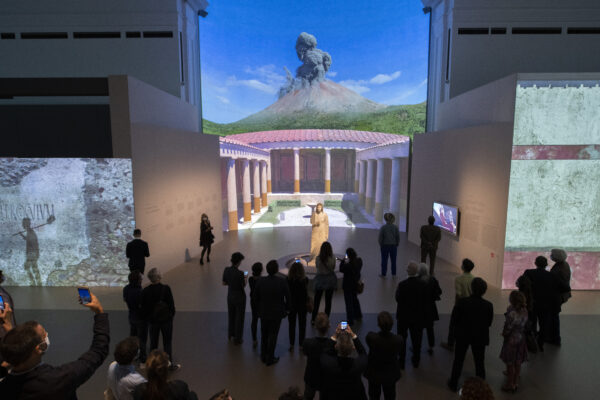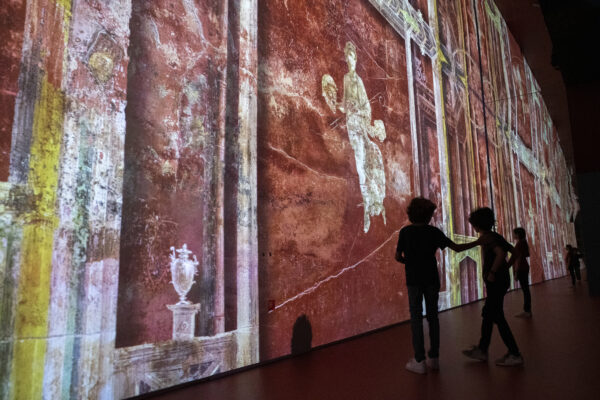The exhibition will feature a digital presentation. Picture: supplied
Pompeii the exhibition is combining some things old with some things new when its six-month season opens at the National Museum of Australia in Canberra on December 13.
Some of the objects on display will include frescoes spanning more than three metres, mosaics, jewellery, sculptures and replicas of casts of those who died in the disaster.
Museum director Katherine McMahon says the exhibition is the first of its kind in Australia.
“Ancient Pompeii still captures the imagination almost 2000 years after its destruction,” she says.
“It is a story that has been passed down through the ages and one that keeps evolving with each new archaeological discovery.”
The exhibition will explore daily life in the Roman city, and its post-eruption rediscovery, especially in the past decade of major new excavations.
“We are proud to host this spectacular ancient world experience for the first time in Australia and in the Southern Hemisphere,” Ms McMahon says.
A highlight of Pompeii‘s large-scale audiovisual experience is a spectacular 360-degree recreation of Mount Vesuvius’ eruption, scheduled to take place every 15 minutes.
The volcanic eruption is set against a backdrop of ancient artefacts with some excavated in only the last six years, many of them hand-picked from the collections of the Archaeological Park of Pompeii by National Museum Curator Dr Lily Withycombe.
‘For three centuries, excavations on the Pompeii archaeological site uncovered extraordinary traces of everyday life, such as jewellery, sculptures and pottery, which serve as poignant reflections of the lives shattered on the day Mount Vesuvius erupted,’ she says.
Dr Withycombe says more recent excavations unearthed large, elegant homes, such as the House with the Garden with its frescoes and graffiti, the House of Leda and the Swan and the House of Orion. All these new sites are represented in the exhibition.
“The 90 extraordinary objects selected for display come from some of the most significant archaeological digs over the last century,” she says.
“They include sculptures, pieces of architecture and a treasure trove of amulets and objects from every day lived experiences made from earthenware, glass paste, ivory, bone, amber and bronze.”
An exclusive collaboration between the Archaeological Park of Pompeii in Italy, the Grand Palais in France and National Museum of Australia, Pompeii’s season will run from December 13 to May 4, 2025.
Tickets go on sale in late October online via the National Museum of Australia website.









